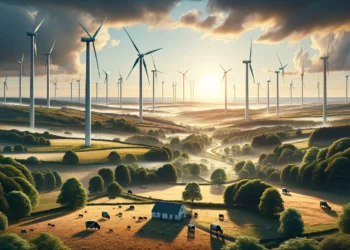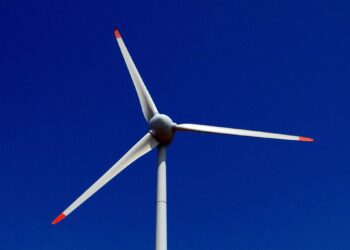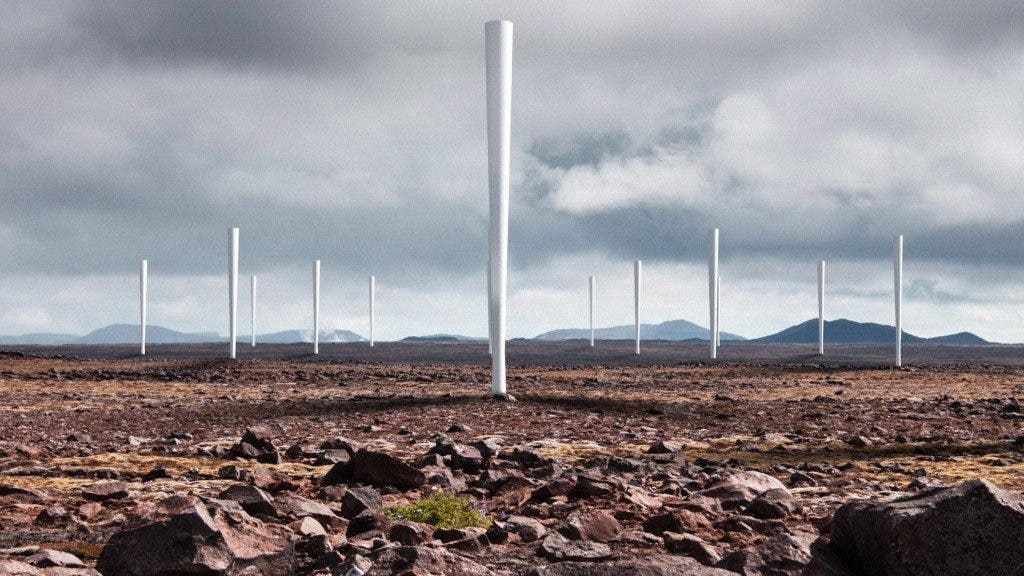
A Spanish startup called Vortex Bladeless has been receiving a lot hype recently once it unveiled a prototype for a bladeless wind turbine. Like conventional pin-wheel turbines, their turbine also works by harnessing the kinetic energy of the wind. However, instead of moving blades which in turn rotate a shaft connected to a generator, the “asparagus” turbine uses a magnets to transform oscillating movements into electricity. It’s a radical idea, one that might forever change the scenery most of you have already become used to – huge parks of windmills, which personally I’m rather fond of. So far, the engineers behind the project have been rather secretive and the only things we know about the Vortex Mini (the first commercial turbine of this kind set to come out next year) is what has been disclosed by the company. They’re boasting an impressive performance – to the point that it might be feasible to forego pin-wheel turbines altogether in favor of the Vortex – but until we seen some independent assessments I believe skepticism is warranted.
How it works
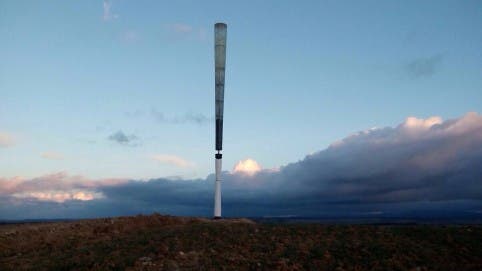
The elongated cone is entirely made up of fiberglass and carbon fiber, making it very lightweight. This is essential to the Spanish engineers’ design, and I’ll explain later. When the wind hits the turbine, vortices are made synchronously along the entirety of the mast, making it oscillate. At the base of the cone, there are two repelling magnets. When the mast moves one way, the magnet pushes it in the opposite direction, and so on making the whole turbine swirl. These oscillations are then picked up by an alternator in the base of the device that converts the mechanical movement into electricity. The more vibrations, the better and this is why they made it lightweight.
Why should we care
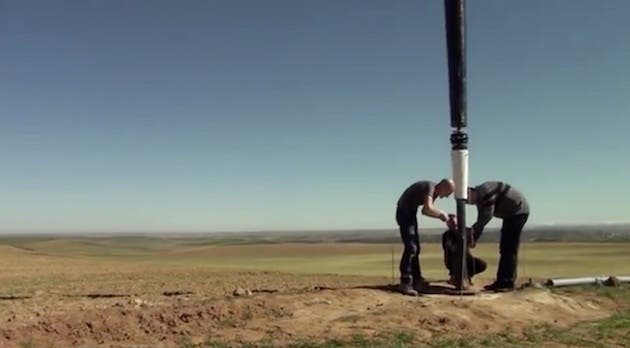
Let’s talk about some numbers now. According to Vortex Bladeless, the energy made by its turbines costs around 40 percent less than energy made from wind turbines that are operating today. The company claims the savings come from manufacturing (one turbine costs 51% less to make than a conventional turbine) and maintenance, since there are no rotating blades and downtime should be a lot lower. However, Vortex turbine captures 30 percent less energy than conventional wind turbines. No problem, there’s more space to put more Vortex turbines in the same land occupied by a conventional turbine (the blades are huge, mind you). That’s a bit all there is as far as numbers go, but Vortex does list a number of advantages in its name: It’s less expensive to manufacture, totally silent, and safer for birds. According to a 2013 study, wind turbines kill 600,000 birds each year.
While innovative, harnessing oscillations instead of rotary motion is no new idea. As Kcet points out, the Solar Energy Research lnstitute (SERI – now the National Renewable Energy Laboratory) studied the technology for the Department of Energy in 1983. Their verdict wasn’t a favorable one, since they found the powerful swirling oscillations caused significant stresses on both the vane and on the foundation keeping the vane upright. In Vortex’s defense, this was more than 30 years ago and technology has gone a long way. And again, we know next to nothing about the Vortex to comment too much in this respect. I guess, we’ll have to take their word for it – for now.
According to Wired, Vortex raised $1 million from private capital and government funding in Spain, and company is also seeking funding in the United States. The first test run will be a scaled down product – a 9-foot, 100-watt turbine – which will be installed in developing countries. The 41-foot Vortex Mini is expected to become available for order next year.


